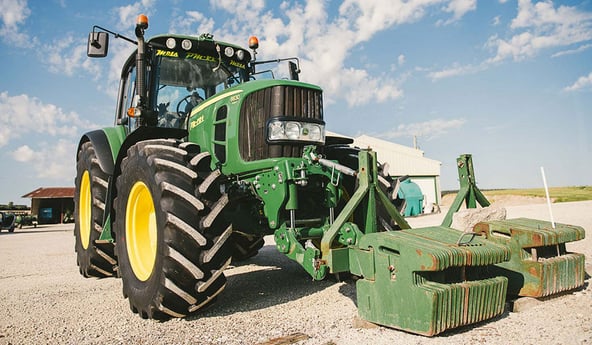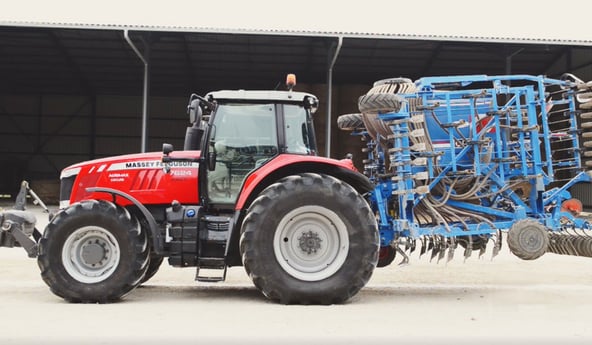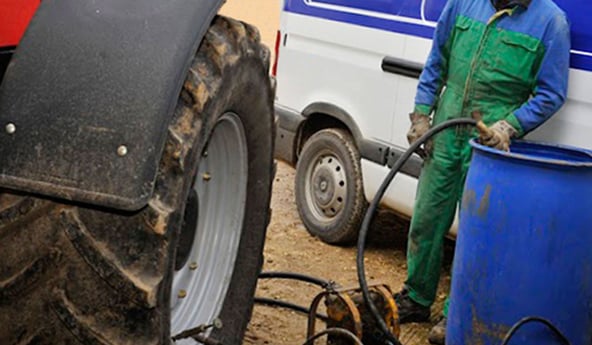When you buy a new tractor, the first instinct is almost always the same: choose the right engine power, compare optional features, study the electronic appliances… However, a decisive element for actual tractor efficiency is often given a lower priority: the tyres. This choice, though wrongly
7 keys to know the impact of ballast on agricultural tyres
Ballast is essential to improve performance levels and the efficiency of your work. However, it is important to bear in mind that the load bearing capacity of your agricultural tyres has its limits. Taking account of these limits is decisive in terms of how long your tyres will last, soil preservation and the optimisation of your operating costs. Ballasting, or adding extra weight to your...
Incorrect ballasting: what are the risks for my tractor tyres
Ballasting is often indispensable for your tractor and mounted implements to ensure that your operations take place in the best possible conditions. Depending on the work to be done, you will need to use different implements whose mass ratio for the tractor will more or less significant.
The risks of incorrect ballasting differ considerably depending on your situation, if your tractor is too...
What are the disadvantages of using water ballast in tractor tyres?
Do you need more weight? Inflating your tractor tyres with water can improve their grip more cheaply than adding metal weights.
However, this solution comes with several drawbacks that are not often talked about, and beyond the indisputable initial savings from this solution, in the long term, it’s not as obvious. Water ballast can work out more expensive and more demanding, on a daily basis,...
What is the right load distribution for my tractor tyres
Good distribution of weight on your tractor wheels is essential for your safety and the stability of your machinery, but also for good motricity, and to protect your equipment and your soil.
The weight carried by your tyres is directly linked to the quantity of air contained in each of them, the more air in the tyre, the easier it is for them to carry a heavy load. There are two means of...
Distribution of weight: ballast with liquid in the tyres or cast iron weights
To avoid extreme situations, it is essential to distribute the weight correctly on your tractor to lower its centre of gravity when using certain machinery such as a forklift attachment or any tool which causes imbalance with a heavy load.
More often, correct distribution of weight will avoid excessive spinning which reduces your productivity, slows down your work rate and damages your soil.
What are the consequences of excessive weight on my tractor tyres?
Agricultural tyres are generally pretty tough and resistant to heavy loads. During harvesting for example, the tyres of your trailers carry heavy loads and your tractor, to which you add increasingly heavy tools, must be capable of handling this increased weight.
However, you must be careful never to exceed the manufacture’s recommendations, the axle load limits and the maximum loaded speed...
How and why to ballast your tractor tyres or agricultural tyres
Reducing the load on each axle is one means of limiting soil compaction, the other is to spread the load over a larger surface. By using light machinery, you protect your soil.
Moreover, lighter machines have a lower rolling resistance, allowing you to reduce your fuel consumption during transport activities. Lighter machines improve your productivity. So why the need for ballasting?

















